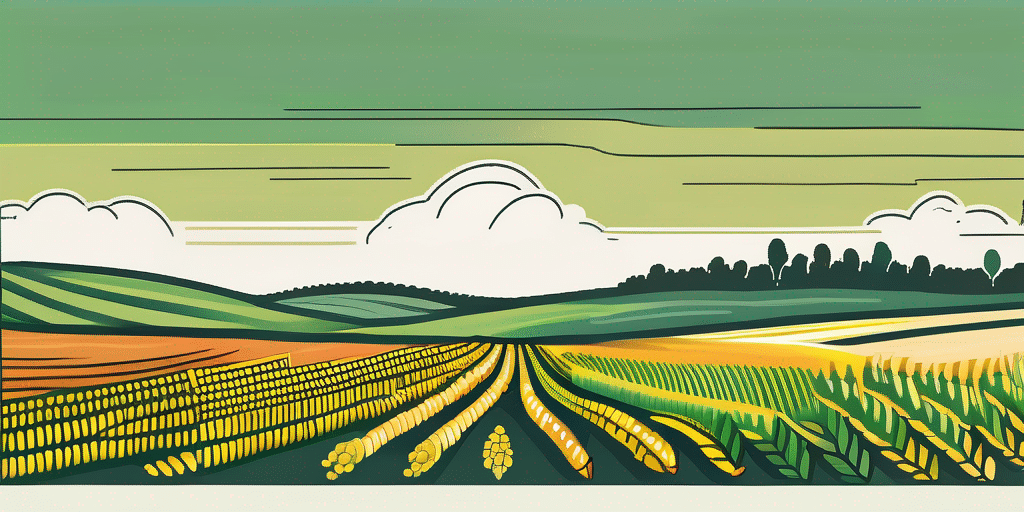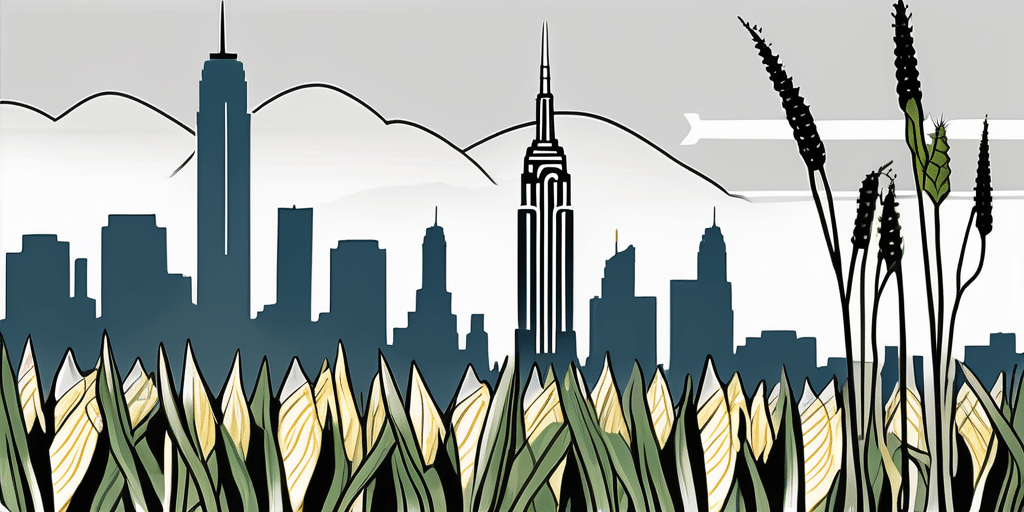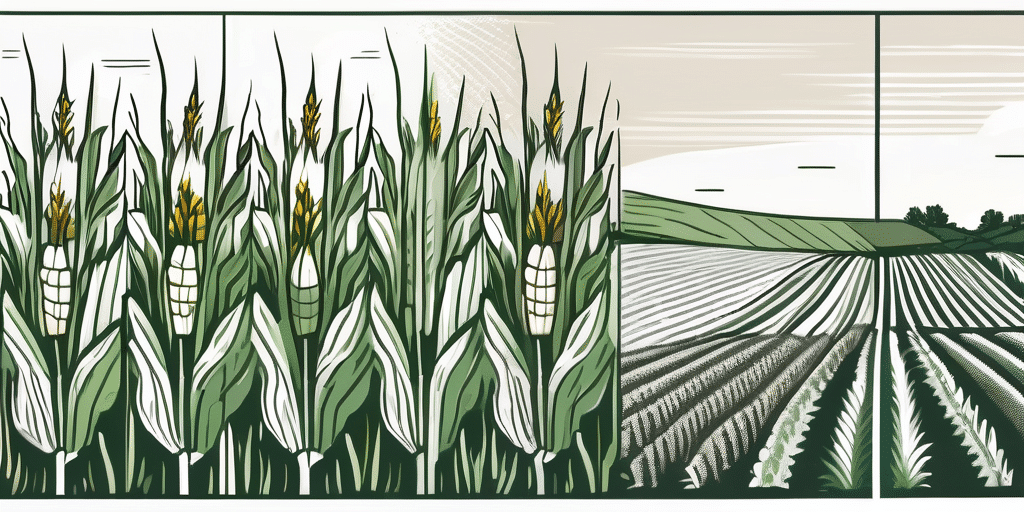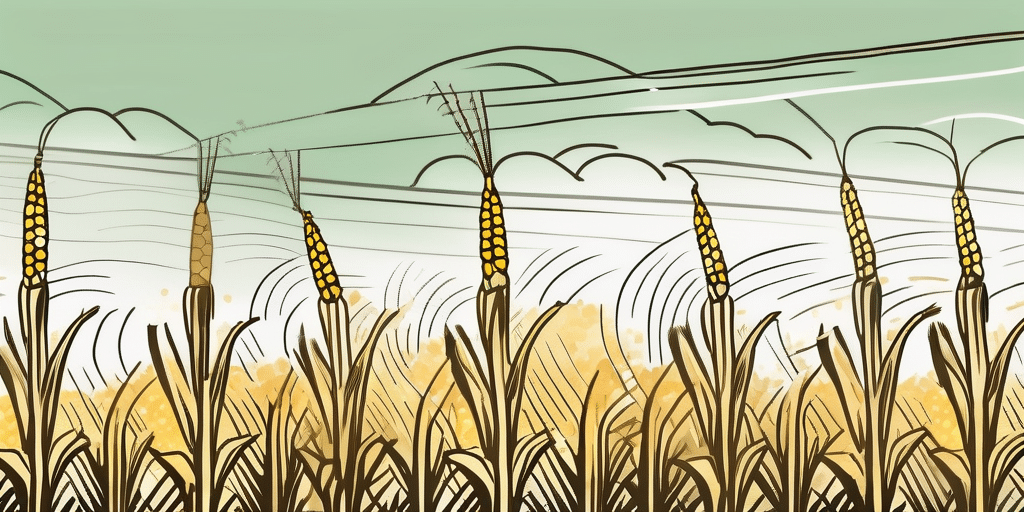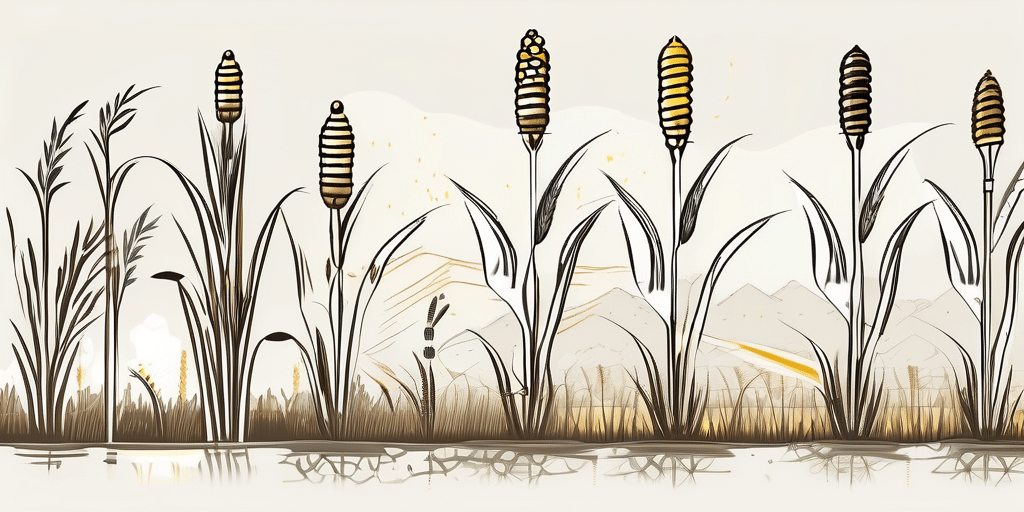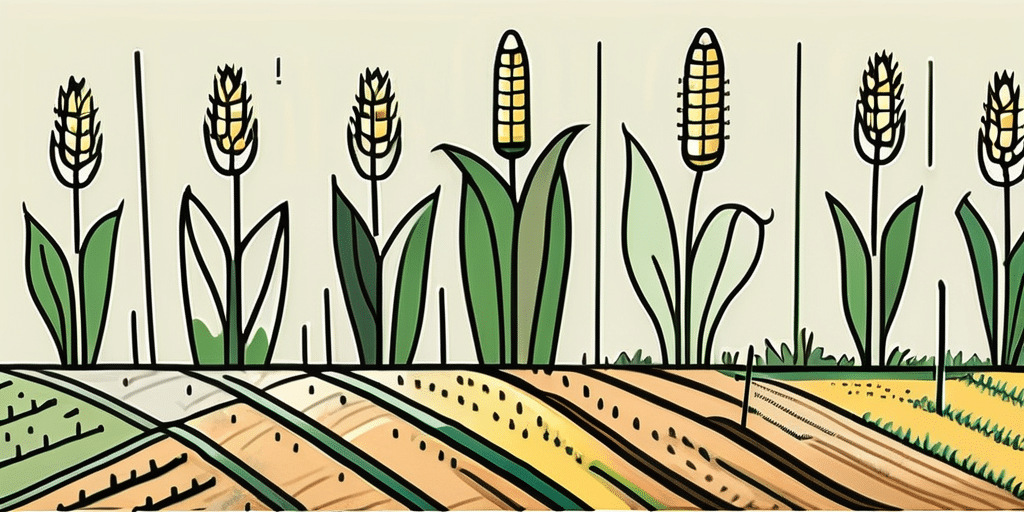Utah is known for its diverse agricultural landscape, and one crop that thrives in this region is Trinity Corn. This delicious variety of corn is not only versatile in the kitchen but also a joy to grow in your own backyard. In this article, we’ll explore everything you need to know about planting and growing Trinity Corn in Utah, from understanding the climate and hardiness zones to harvesting your bountiful crop. So grab your gardening gloves and let’s dig in!
Climate & Hardiness Zones in Utah
Before we delve into planting Trinity Corn, it’s important to understand the climate and hardiness zones in Utah. The state experiences a diverse range of climates due to its varying elevations. The USDA hardiness zones in Utah range from zone 3 in high mountain areas to zone 9 in the southwestern deserts. It’s crucial to know your specific hardiness zone to determine the appropriate planting and growing time for your Trinity Corn.
Utah’s climate is characterized by hot summers and cold winters, with precipitation varying significantly across the state. The northern regions of Utah typically receive more rainfall compared to the southern areas, which are known for their arid conditions. This climatic diversity poses both challenges and opportunities for gardeners and farmers in the state.
Furthermore, the unique topography of Utah, which includes mountains, plateaus, and deserts, contributes to microclimates within different regions. These microclimates can affect temperature, precipitation, and overall growing conditions, making it essential for growers to consider local variations when planning their crops. Understanding these nuances can help maximize the success of planting Trinity Corn and other crops in Utah’s dynamic environment.
When to Plant Trinity Corn in Utah
When it comes to planting Trinity Corn in Utah, timing is key. Generally, the optimal time to plant Trinity Corn is in late spring or early summer when the soil has warmed up and the threat of frost has passed. However, the exact planting dates can vary depending on your specific hardiness zone. To ensure the best results, consult your local agricultural extension office or refer to reputable gardening resources that provide specific dates for planting Trinity Corn in your area.
It’s worth noting that Trinity Corn requires a long growing season, typically around 60 to 70 days from planting to harvest. Therefore, it’s essential to calculate the frost-free period in your region and make sure your corn has enough time to mature before the first fall frost arrives.
Utah’s diverse climate and topography offer unique challenges and opportunities for Trinity Corn growers. The state experiences a wide range of temperatures and precipitation patterns, which can impact the success of your crop. For instance, the northern part of Utah has a cooler climate, while the southern region tends to be warmer and drier. These variations require careful consideration when determining the ideal planting time and cultivation practices.
Step-by-step guide to planting Trinity Corn:
- Prepare the soil: Start by selecting a sunny spot in your garden with well-draining soil. Remove any weeds or debris and till the soil to a depth of at least 6 inches.
- Amend the soil: Trinity Corn thrives in rich, fertile soil. Add compost or well-rotted manure to improve the soil’s organic matter content and nutrient availability. Work the amendments into the soil evenly.
- Plant the seeds: Plant the Trinity Corn seeds about 1 inch deep and 6 inches apart in rows that are spaced around 30 inches apart. This spacing allows the plants enough room to grow while ensuring adequate pollination.
- Water thoroughly: After planting, water the seeds gently but thoroughly. Maintain consistent moisture throughout the growing season, aiming for about 1 inch of water per week.
- Mulch the soil: Apply a layer of organic mulch, such as straw or wood chips, around the base of the corn plants. This helps to retain moisture, suppress weeds, and regulate soil temperature.
Utah’s unique geography provides an opportunity for corn growers to experiment with different planting techniques. For example, in areas with higher elevation, where the growing season may be shorter, consider using row covers or plastic tunnels to extend the growing period. These protective structures can help trap heat and create a microclimate that promotes faster growth and earlier harvest.
Additionally, it’s important to monitor the moisture levels in your soil throughout the growing season. Utah’s arid climate can pose challenges for corn cultivation, as water scarcity can hinder plant growth and development. Consider implementing irrigation systems, such as drip irrigation or soaker hoses, to ensure your Trinity Corn receives adequate water without wasting resources.
When to Harvest or Pick Trinity Corn in Utah
Now comes the exciting part: harvesting your delicious Trinity Corn! The timing of the harvest largely depends on your planting date and the specific corn variety you’re growing. Most hybrids of Trinity Corn are ready for harvest about 60 to 70 days after planting.
But how do you know when the corn is ready to be picked? Keep an eye on the corn’s ears, which should be fully filled out, plump, and have a vibrant color. Gently peel back a small section of the husk to check the kernel’s color and feel. If they appear juicy and plump and produce a milky substance when punctured, your Trinity Corn is likely ready for harvest.
Harvesting Trinity Corn is a rewarding experience that requires attention to detail and care for the plants. When the time comes to pick your corn, consider the environmental conditions as well. Optimal harvesting time is in the early morning when the temperatures are cooler. This not only provides a more pleasant experience for the harvester but also helps preserve the corn’s flavor and sweetness.
Some tips for harvesting Trinity Corn:
- Pick the corn in the early morning when the temperatures are cooler, as this helps to preserve the corn’s flavor and sweetness.
- Hold the corn stalk with one hand and twist the ear off with a sharp, downward motion. Avoid pulling the ear straight up, as this may damage the plant.
- Immediately place the freshly harvested corn in a cool, shaded area to preserve its quality.
Frequently Asked Questions
1. Can Trinity Corn be grown in containers?
Absolutely! While Trinity Corn typically thrives when planted directly in the ground, it can also be grown in containers. Ensure that the container is spacious enough to accommodate the growing corn plant and provides proper drainage to prevent waterlogging.
2. How can I protect my Trinity Corn from pests?
Like any crop, Trinity Corn can attract pests such as corn earworms and aphids. To protect your plants, consider using organic pest control methods such as introducing beneficial insects like ladybugs or spraying a homemade garlic or neem oil solution. Regularly inspect your plants for signs of pests and take swift action if an infestation occurs.
3. Can I save Trinity Corn seeds for next year?
Yes, you can save Trinity Corn seeds for future plantings. To do so, allow some ears to fully mature on the plants until they dry out. Once dry, collect the ears and remove the kernels. Store the kernels in a cool, dry place, and make sure they are completely free of moisture to avoid mold or fungal growth.
Now that you have a comprehensive understanding of how to plant and grow Trinity Corn in Utah, it’s time to roll up your sleeves and get started. Enjoy the process, savor the flavors, and revel in the satisfaction of harvesting your very own corn crop. Happy gardening!
Join Our Gardening Community
Ready to take your gardening skills to the next level? Subscribe for free to How to Grow Everything and learn how to build the garden of your dreams! Receive personalized gardening advice tailored to your location, grow zone, and experience level. Our family is committed to helping you grow the best Trinity Corn and more, with no spam, just the best gardening tips and special offers. Join thousands of happy gardeners and get our free, customized growing and gardening articles delivered straight to your inbox. Let’s grow together!

